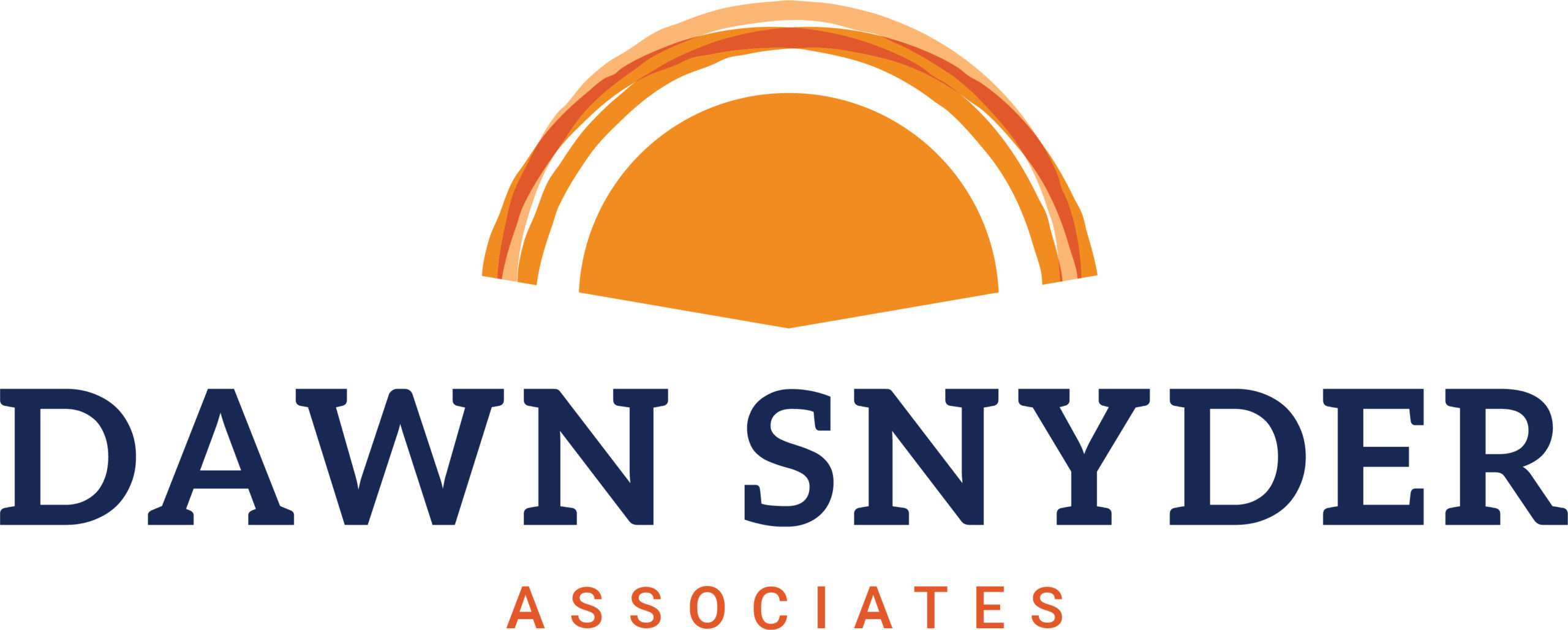
“Dogfooding” is a concept from the product development community that refers to an organization using its own product to test it. This is a way of seeing how products work in real-world situations, developing empathy for the user experience, and working out bugs. “Dogfooding” is one (albeit incomplete) strategy consistent with design thinking, in which we observe and develop empathy with users while creating a solution to meet their needs.
The term “dogfooding” comes from a television advertisement for Alpo dog food from the 70s. Lorne Greene, a well-known actor of the time, fed his dog Alpo dog food. Therefore, you, the customer, should feel confident feeding Alpo to your dog, too.
In the talent development industry, we are often the architects of solutions—courses, communications, performance improvement tools, organization designs—but we may have less experience being on the receiving end of a structured intervention. Although it may not always be practical for us to be part of our own audience, it can be very useful to experience our intervention from the user’s point of view. What can we learn?
Here’s a small, but powerful, example of dogfooding in action. A team of process consultants were working with leaders across an organization. As part of an 8-month coaching program, the consultants asked these leaders to conduct a personal time study. The purpose was to gain insight into how time—and behaviors—were allocated to leadership tasks. But the consultants didn’t just assign the time study to the leaders; they each completed their own time study and incorporated the lessons they learned about the process into the coaching program. They also shared their own customized templates for leaders to adapt/adopt, so that they didn’t have to start from scratch if they didn’t want to. The consultants also had a couple of leaders complete the assignment in advance so that they could share their experiences during the program. What did this accomplish?
- They worked out the challenges that people were likely to experience with the assignment and provided guidance on some ways to address those challenges.
- They demonstrated a willingness to be learners—at the same level as their audience—and to be open to the learning journey they were recommending. They were authentic.
- They communicated care for and respect for their audience.
- They demonstrated a commitment to the activity itself, elevating its value and encouraging the audience to be curious about what they would learn with their own experience. They walked the talk.
The most egregious instructional or performance interventions are easily exposed if we just try to do what we plan to ask others to do. And if we don’t like the intervention, then it’s pretty much a guarantee that neither will our target audience.
So grab your intervention and give dogfooding a try. I hope you like your dog food, but if you don’t, you know what to do.

It’s very interesting link! Share it more please with you friends. Thank you!
https://drochka.org/categories
Excellent web site. Plenty of useful information here. I am sending it to a few friends ans also sharing in delicious. And certainly, thanks in your effort!